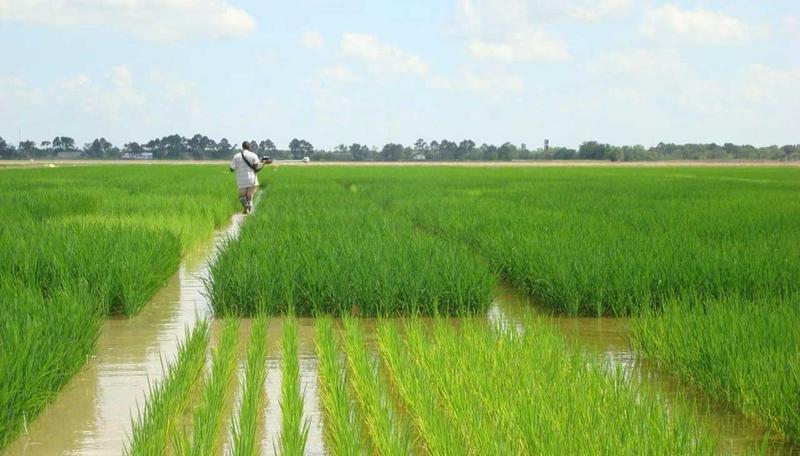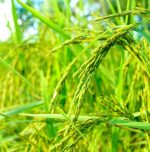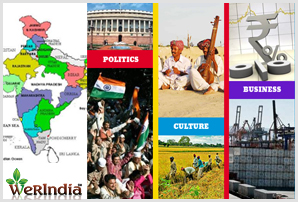NABARD’s water atlas to help farmers get water

The summer months are coming soon. Already, several regions in India are feeling the effects of the hot, dry air of summertime. In this hot season, it is necessary to make a plan for distributing irrigation water to farmers.
Although the entire country experiences the impact of the dry summer months, it is the farmers who face the greatest impact.
According to the Organization for Economic Co-operation and Development (OECD), about 80% of India’s total amount of available freshwater is used for agriculture.
Out of this amount, about 50% to 55% is used for only two crops: rice and sugarcane.
This year, people are determined to tackle this crisis and come up with a proper plan to distribute irrigation water.
In order to tackle the irrigation crisis, the National Bank for Agriculture and Rural Development (NABARD) is coming up with an initiative to improve crop planning. The Indian Council for Research on International Economic Relations (ICRIER) is currently developing a “Water Atlas”.
This Water Atlas has just mapped the physical and economic productivity of India’s available water. It has mapped the water usage of 10 important crops: rice, wheat, mustard, sugarcane, chickpea (chana), pigeon pea (tur), groundnut, potato, and maize.
The ICRIER is almost ready with its report. According to H. K. Bhanwala, the chairman of the NABARD, the report is expected to be out in a month.
Bhanwala has also said that they will be mapping out water consumption per kilogram of crop output. This will allow people across the country to plan their crops and water efficiency.
The Water Atlas will be important on a larger scale as well, since it will also shed light on how states can work on their water efficiency. Particularly, Punjab and Maharashtra have come out as the primary contributors to the exhaustion of the groundwater table in their respective regions.
This is caused by their extensive farming of water-guzzling crops, such as sugarcane and rice. Hopefully, the new Water Atlas will be able to solve problems like this one and more, since it will shed light on what both states and farmers need to do to increase their water efficiency.
You may also like
Image Reference: Thebetterindia
Recent Posts
- Lighting words beyond darknessMopuru Penchala Narasimham’s life reflects that quiet triumph through words and resilience.
- Gateway to serenity: Shri Ranganathaswamy temple, JiyagudaThe Shri Ranganathaswamy Temple in Jiyaguda, Hyderabad, stands as a revered Vaishnavite shrine.
- GRAP Stage 4 enforced as Delhi-NCR air turns ‘severe+’GRAP Stage 4 comes into force when the Air Quality Index crosses 450.
- Lighting words beyond darkness
What’s new at WeRIndia.com
News from 700+ sources
-
ETS Hosts TOEFL Experience Days in Hyderabad
-
GITAM University Owes Rs 118 Crores to Electricity Dept
-
Karnataka High Court orders regularisation of service of 68-year-old man, who had retired in 2015 after serving as daily wage employee for 21 years
-
Jumbling System For Inter Practical Exams
-
Call-up to India T20I team, reward for all the hard work: Kamalini
-
No Fuel for Vehicles Without PUCC from Thursday: Delhi Minister
-
WeRIndia – A News Aggregator
Visit werindia.com for all types of National | Business | World | Politics | Entertainment | Health related news and much more..










Leave a Reply